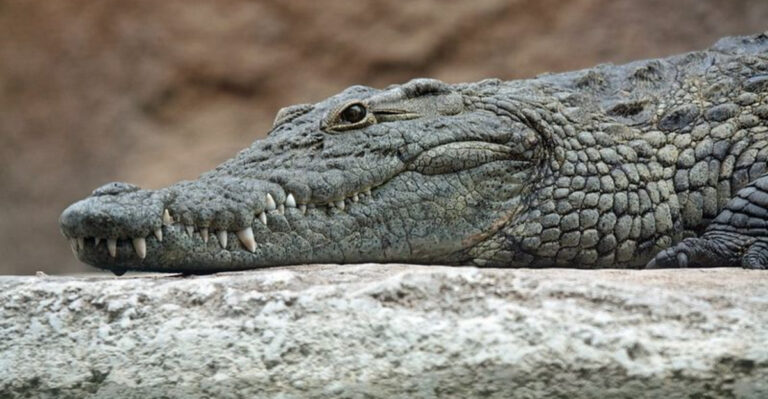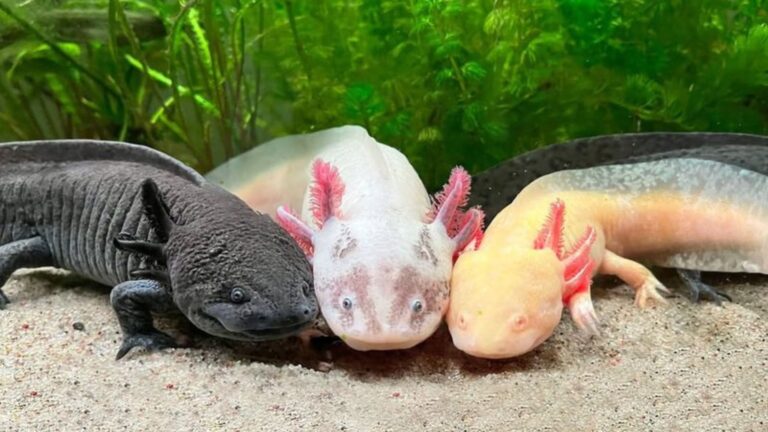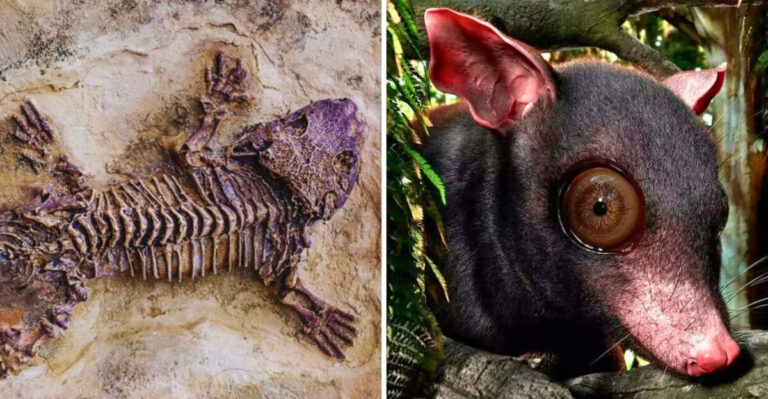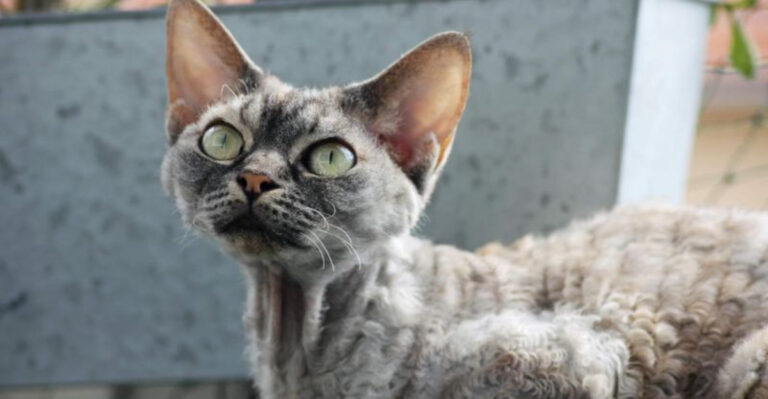16 Common Skin Diseases In Horses
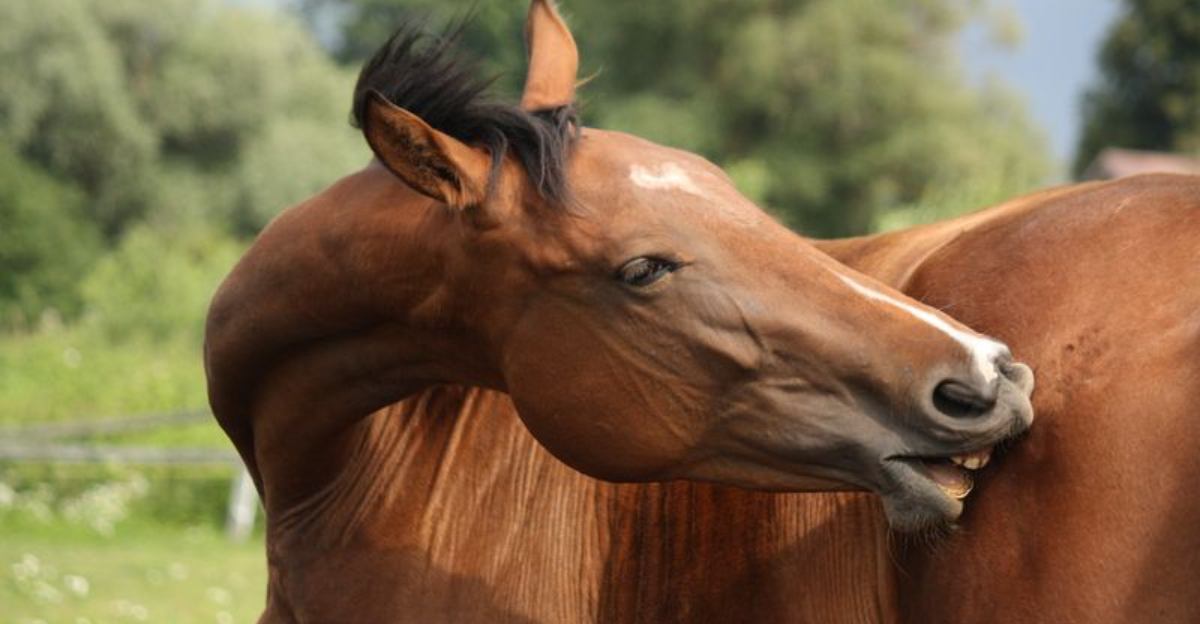
Ever thought your horse could get pimples or dandruff? Well, equine skin is much like ours – prone to a variety of conditions.
Whether your horse is a showstopper in the ring or a lazy pasture companion, skin diseases can crop up unexpectedly. Understanding these conditions is key to keeping your four-legged friend smooth-coated and prancing happily.
1. Rain Rot
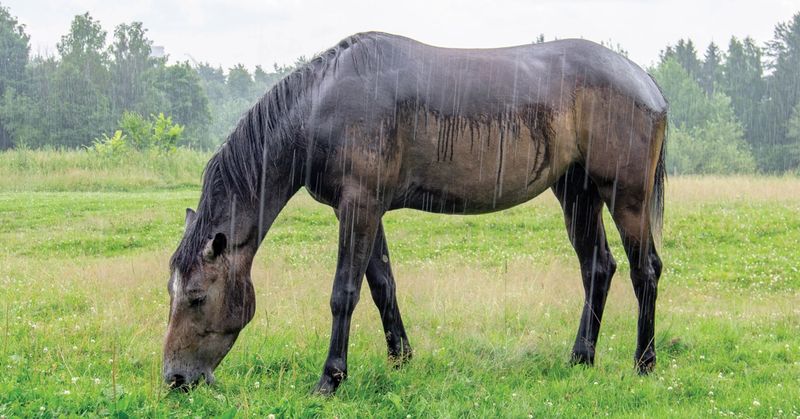
Why does your horse look like it’s wearing polka dots? That could be rain rot! This bacterial infection thrives in wet, humid conditions. It forms crusty scabs that peel away to reveal bare spots.
While it’s not painful, it’s definitely itchy. Good grooming habits and a dry shelter can help. A little trivia: This condition isn’t just for horses; goats and cattle can get it too!
2. Sweet Itch
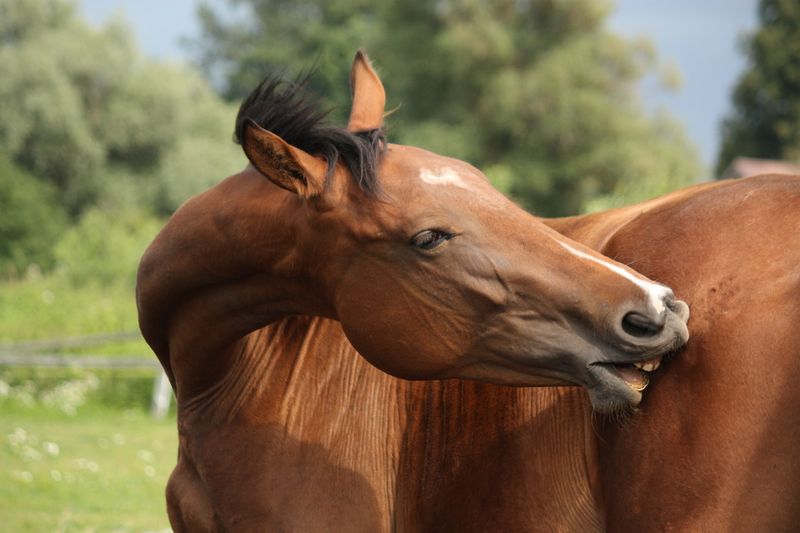
Does your horse seem to have a favorite scratching post? It might be sweet itch. This allergy to midge bites causes extreme itchiness. Horses can scratch until they lose hair or break the skin.
Managing it involves controlling the insects and soothing the irritation. Interestingly, not all horses react the same way to bites, making this condition a bit of a mystery!
3. Ringworm
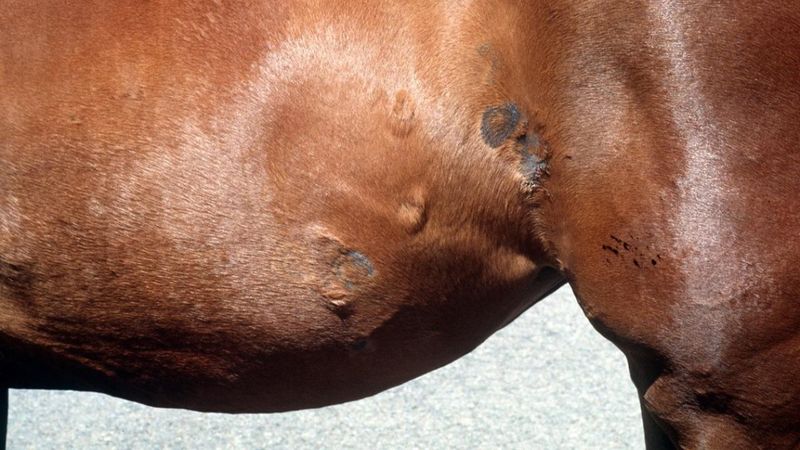
Sounds like a worm but isn’t! Ringworm is a fungal infection that creates round, hairless patches. These lesions are unsightly but not dangerous.
Contagious to humans and other animals, it requires diligent treatment and hygiene. Swap your brushes and clean tack regularly to avoid spreading it. Who knew grooming tools could be culprits?
4. Nodular Necrobiosis
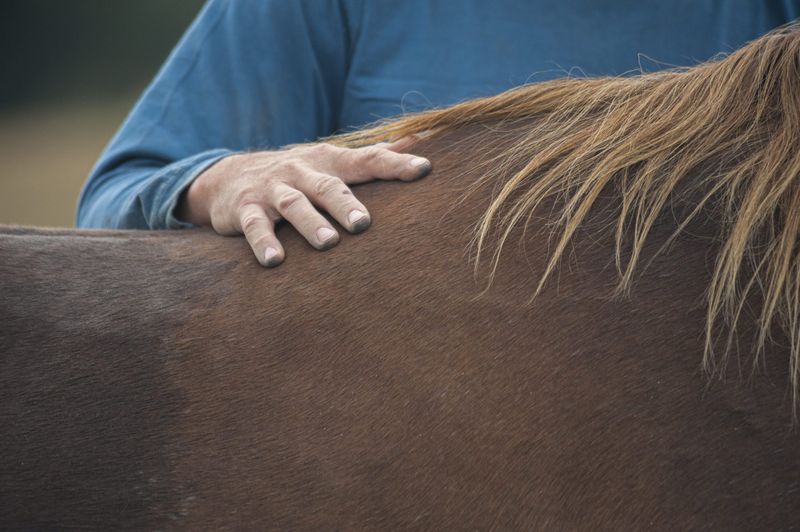
Ever notice a bump on your horse that feels firm but isn’t painful? Meet nodular necrobiosis, a condition resulting in collagen breakdown under the skin.
These nodules often appear on the legs and back. Although they can be alarming, they’re typically harmless. Monitoring for changes and seeking vet advice is wise. It’s a visual oddity with little disruption!
5. Scratches
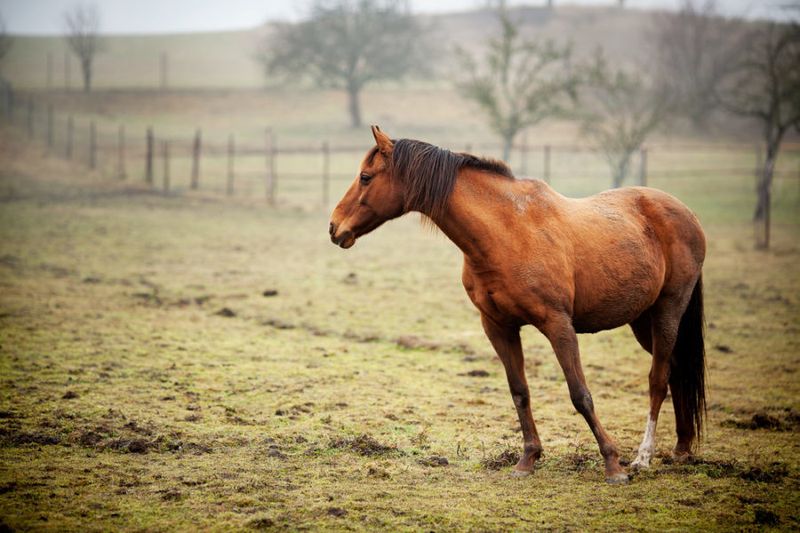
Ever hear of ‘mud fever’? This is it! Scratches is a skin condition affecting the lower legs, usually from muddy or wet conditions.
The skin becomes inflamed and cracked, requiring diligent cleaning and drying. Regular grooming is essential. Did you know? Horses with white legs are often more susceptible due to their sensitive skin!
6. Ventral Midline Dermatitis
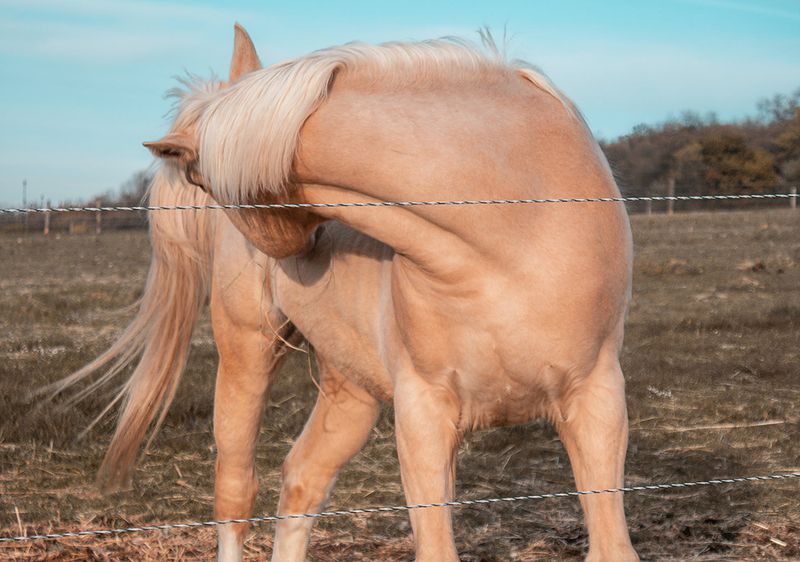
Does your horse keep nibbling at its belly? This might be ventral midline dermatitis, an allergic reaction to insect bites.
Lesions appear along the belly, causing irritation. Preventing bites and applying soothing treatments can help ease discomfort. Fun fact: This condition is more common in warmer climates where biting insects thrive. It’s a seasonal itch-fest!
7. Warts
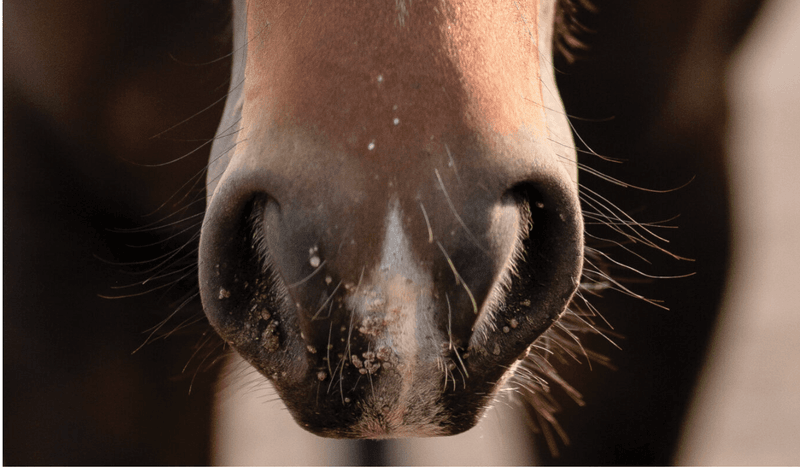
Seeing little lumps on your foal’s face? Chances are, they’re warts – common in young horses due to a virus. These harmless bumps usually disappear over time as the horse’s immune system matures.
They’re more of an eyesore than a problem. Here’s a tidbit: Horse warts are specific to equines and won’t spread to other animals or humans.
8. Aural Plaques
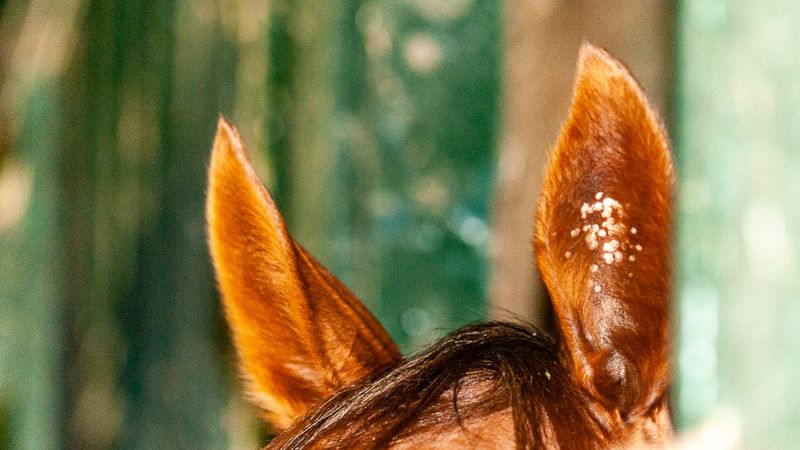
Notice white specks inside your horse’s ears? Those could be aural plaques, often caused by fly bites. They’re usually just a cosmetic issue, but if they cause discomfort, fly control is essential.
Despite their stubborn appearance, they rarely pose a health threat. A reminder that even ears aren’t safe from skin conditions!
9. Equine Sarcoids
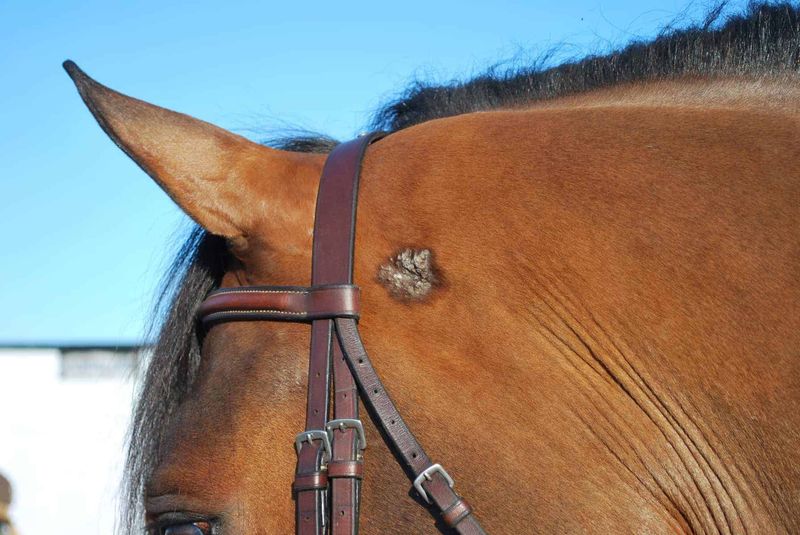
Is that a mole or something more? Equine sarcoids are common tumors, usually benign, but can be problematic if they interfere with tack.
They appear anywhere on the body and come in various forms. Management often depends on location and size, and treatments vary. These tumors are a veterinary puzzle, still not completely understood!
10. Mange
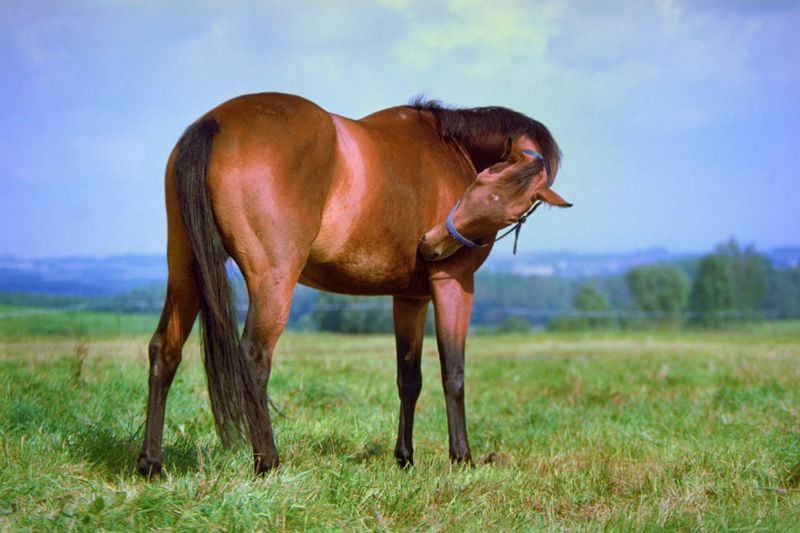
Itchy, scruffy, and uncomfortable – mange isn’t fun for any horse. This condition is caused by mites burrowing into the skin.
The result? Intense itching and irritation, often leading to hair loss. Treatment involves eliminating the mites and soothing the skin. A throwback: Mange has historically plagued animals and humans alike!
11. Contact Dermatitis
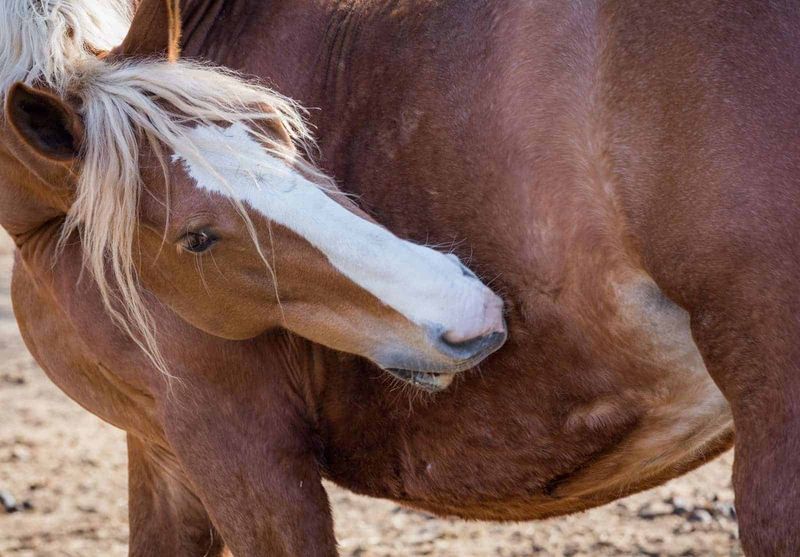
Horses can be sensitive too! Contact dermatitis results from skin exposure to irritants like chemicals or plants.
Red, inflamed skin gives it away, and identifying the culprit is key to healing. Removing the irritant and soothing the skin work wonders. A gentle reminder: Not all shampoos or sprays suit every horse!
12. Photosensitivity
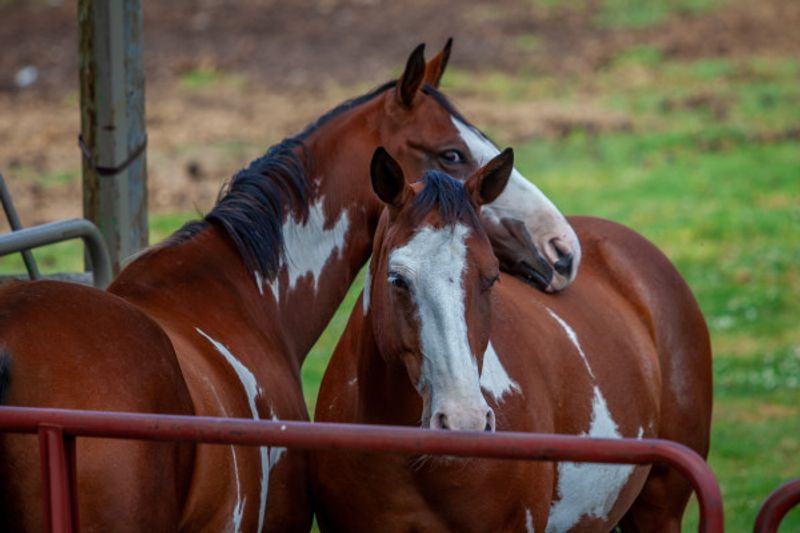
Sunburn isn’t just for beachgoers! Photosensitivity in horses causes sunburn-like symptoms, often on light-colored skin.
It’s typically triggered by certain plants or medications. Protecting susceptible areas with shade or topical creams is crucial. Fun trivia: Some plants, like St. John’s Wort, can increase photosensitivity in horses!
13. Habronemiasis
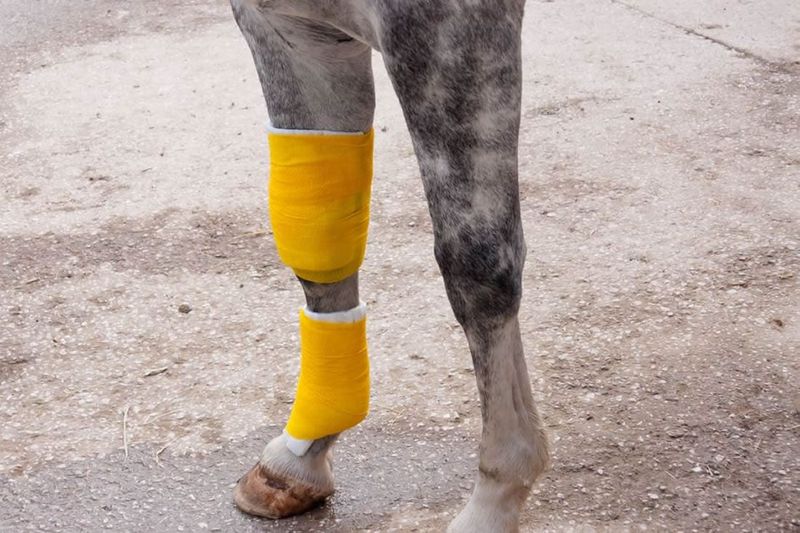
Also known as “summer sores,” habronemiasis is caused by larvae deposited in wounds by flies. These sores are stubborn and prone to infection, requiring meticulous care and fly control.
They’re reminders of how pesky insects can complicate things for our equine friends. It’s a seasonal nuisance with a need for vigilance!
14. Hives
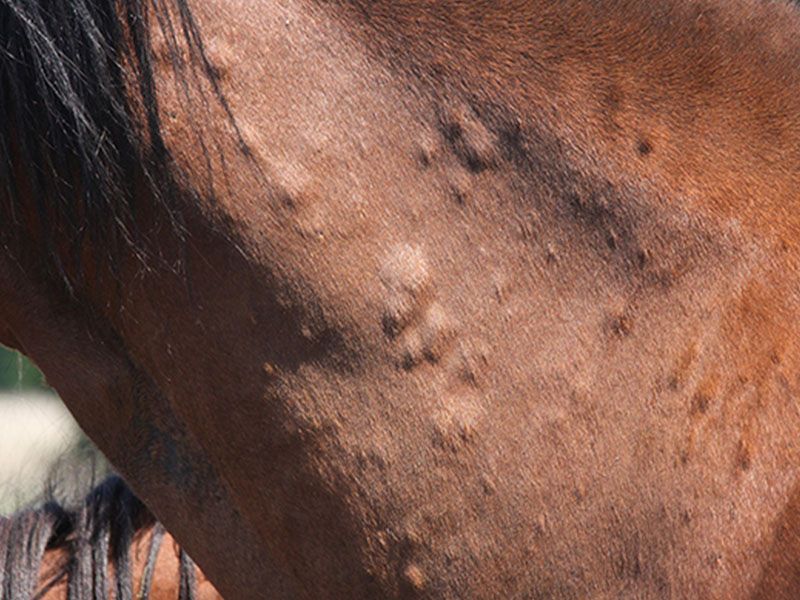
Ever seen a horse with bumps all over? That’s what hives look like. These welts result from an allergic reaction and can appear suddenly.
Though alarming, they often resolve on their own. Identifying and avoiding the allergen helps prevent recurrence. Fun fact: Hives can pop up from stress, insects, or even a new type of feed!
15. Pigeon Fever

Contrary to its name, pigeons aren’t involved! Pigeon fever is a bacterial infection causing abscesses, primarily on the chest and abdomen.
It’s spread by flies and requires good hygiene and fly control to manage. Abscesses eventually rupture and heal, but they’re a messy affair. Did you know? It’s more common in dry, dusty areas where flies are prevalent.
16. Melanoma
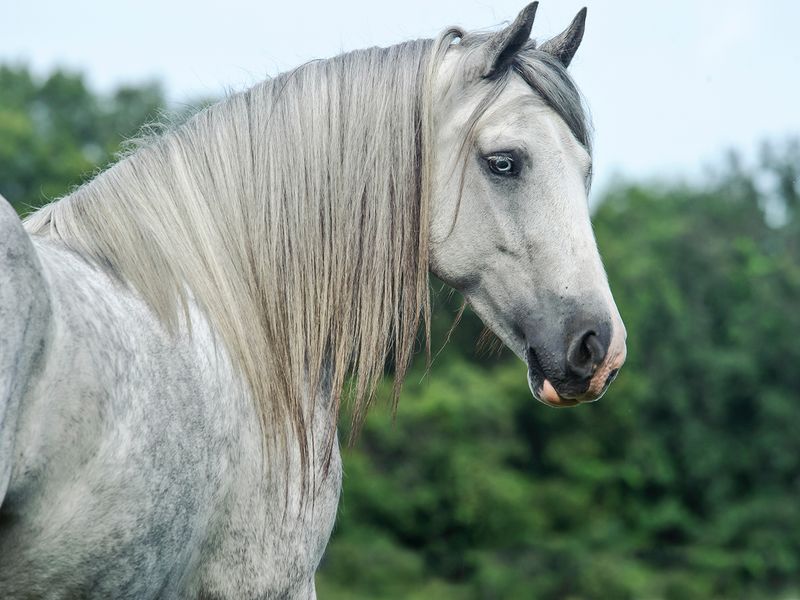
Gray horses, watch out! Melanomas are common skin tumors in gray horses, mostly benign but occasionally malignant.
They appear as dark lumps, often around the tail or head. Regular checks are key to managing this condition. Interesting tidbit: Some melanomas stabilize and don’t require treatment, making them a unique study in equine health.

